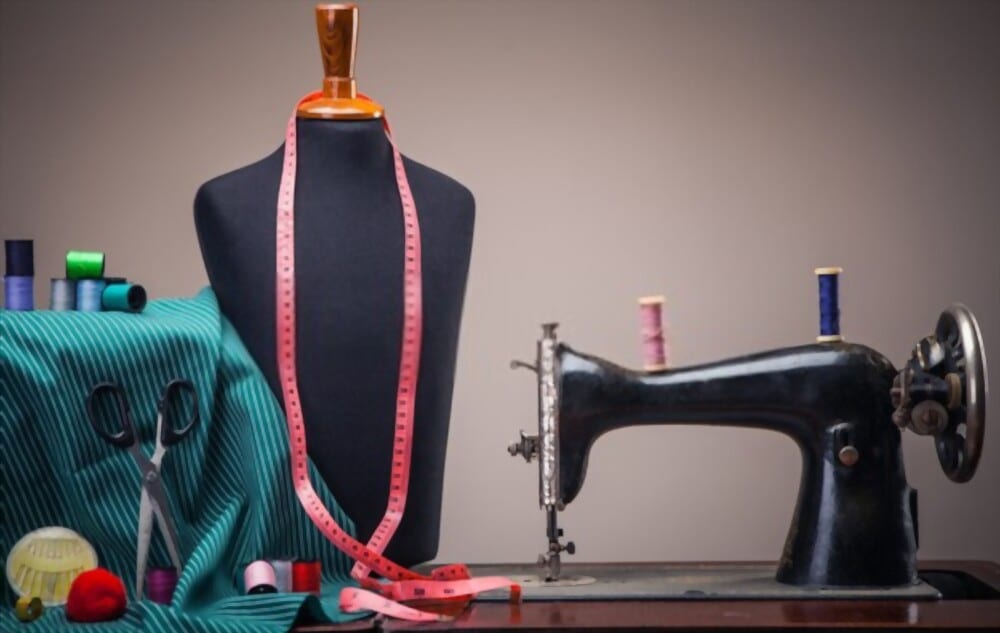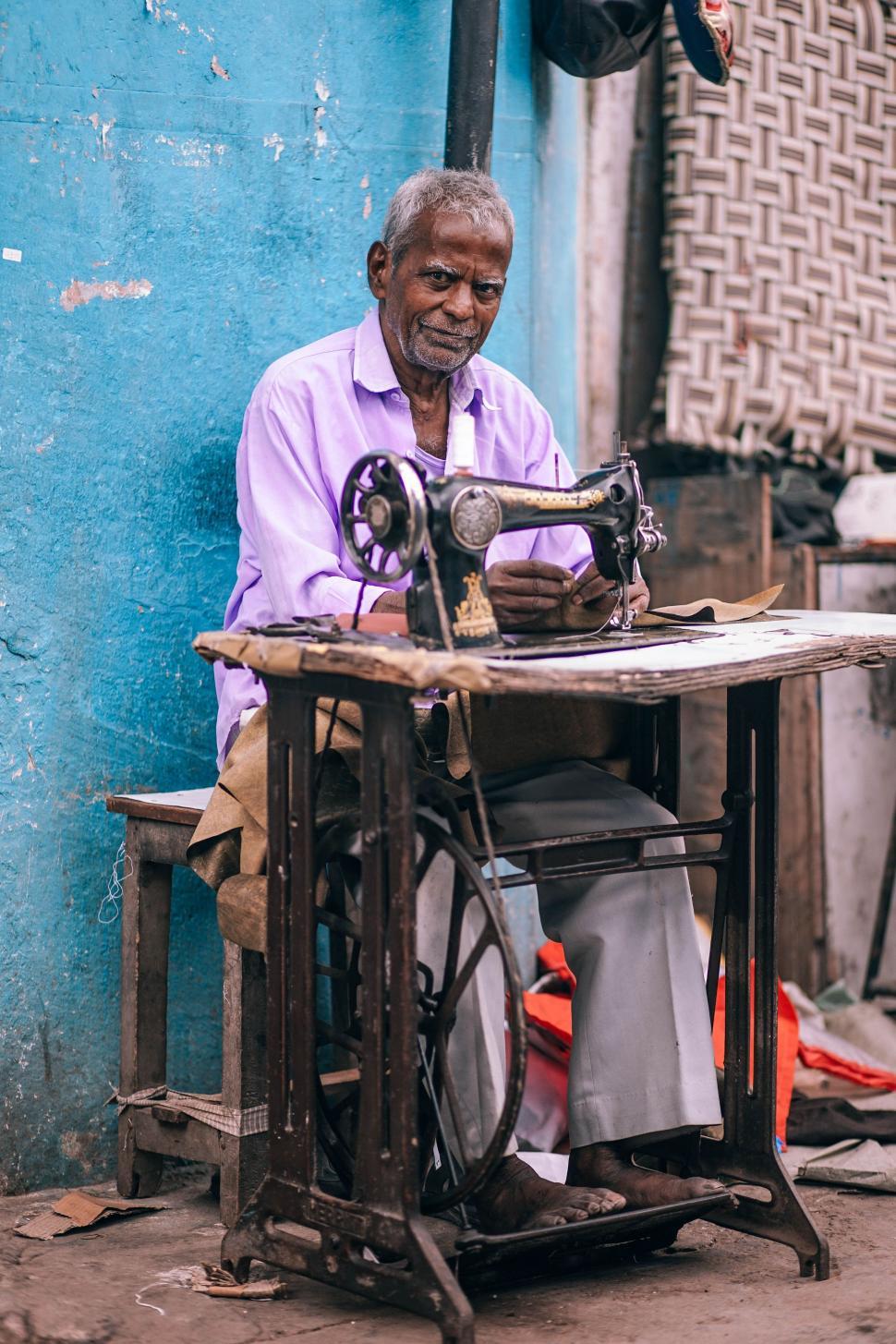Tailor Perth Specialists: Tailor-Made Solutions for Elegant Clothes
Tailor Perth Specialists: Tailor-Made Solutions for Elegant Clothes
Blog Article
Understanding the Tailoring Process: From Textile Choice to Last Fitting for the Ideal Closet
The tailoring procedure is an intricate interplay of art and science, starting with the crucial decision of fabric option and culminating in the precise modifications of final installations. Each fabric kind brings distinct qualities that influence not only the visual appeal however additionally the garment's long life and suitability for different events. Comprehending the nuances of customizing strategies can elevate one's closet to unmatched degrees of elegance. As we explore these aspects better, one should consider exactly how also the smallest information can dramatically affect the general result of one's personal style.
Value of Fabric Option
Choosing the appropriate fabric is critical in the customizing process, as it directly affects the comfort, longevity, and total visual of the final garment (tailor perth). The option of fabric sets the foundation for the garment's efficiency, design, and functionality. Different textiles have distinct buildings, such as stretch, breathability, and weight, which can substantially influence how the garment drapes and fits the body
Additionally, fabric choice impacts the garment's longevity and simplicity of treatment. High-grade textiles can stand up to damage, preserving their look and structure with time, while lower-quality materials may cause pilling or fading. Furthermore, the ideal textile adds to the garment's capacity to shift across periods and events, therefore improving convenience.
A customized piece made from a proper material not just showcases workmanship however likewise boosts the wearer's self-confidence. As a result, recognizing the nuances of material selection is paramount for any kind of tailoring venture. It ensures that the end product not only fulfills the aesthetic desires of the client however likewise lines up with useful needs, consequently achieving an unified balance in between form and feature in the customized wardrobe.
Sorts Of Fabrics and Their Usages
Comprehending the different kinds of textiles offered is crucial for making educated decisions during the customizing process. Each material possesses special features that determine its viability for particular garments and occasions.
Its versatility permits it to be tailored into everything from shirts to outfits. Its natural flexibility helps garments keep form over time.
Silk exhibits luxury and is light-weight, making it excellent for eveningwear and fragile blouses; however, it calls for careful handling due to its fragility. Linen, with its textured coating, is a prominent choice for cozy climates, offering a crisp and airy feeling, yet it wrinkles quickly, which may influence the garment's appearance.
Artificial textiles, such as polyester and nylon, deal resilience and resistance to wrinkles, making them suitable for day-to-day wear and energetic apparel. Understanding these material types and their properties permits far better decision-making, making certain that each tailored piece not just fits well yet likewise aligns with the intended objective and occasion.
The Tailoring Strategies Clarified
The art of customizing relies on a selection of techniques that change fabric right into well-fitted garments. Central to this process is pattern drafting, where a tailor produces design templates based on the client's dimensions and wanted style. This preliminary action ensures that the garment will Discover More certainly fit the wearer effectively before any cutting happens.
When patterns are developed, cutting methods enter play. Precision is extremely important as errors can bring about misfitting garments. Tailors typically use numerous reducing methods, such as single-layer reducing for intricate designs and multiple-layer reducing for efficiency on typical patterns.
Basting is another vital method, permitting dressmakers to temporarily sew textile assemble for a preliminary fitting. This method uses the opportunity to assess the drape and overall shape before last sewing.
Seaming techniques, including french seams and flat-felled seams, enhance the garment's longevity and aesthetic charm. Tailors also utilize techniques such as interfacing and cushioning to provide framework and shape to certain locations, like shoulders and collars.
Last but not least, ending up strategies, including hemming and edge ending up, make sure the garment's long life while supplying a sleek look. With each other, these methods develop the backbone of effective tailoring, leading to elegant, tailor-made apparel.
Suitable Modifications and Considerations

Trick considerations consist of the shoulder fit, which must neither droop neither restrict activity, and the sleeve length, which ought to allow for comfortable arm activity while maintaining a sleek look. Additionally, modifications at the waist can improve the silhouette, with choices to allow out or absorb material as needed.
The surge of pants is an additional important factor; it must rest pleasantly over the hips without triggering discomfort, enabling simplicity of movement. Hemming sizes for both trousers and skirts ought to reflect the user's preferred style while respecting percentages.

Keeping Your Tailored Clothes
Constantly adhere to the care tag guidelines, which may suggest completely dry cleansing for delicate fabrics or device cleaning for even more durable products. Prevent frequent laundering, as this can put on down the fabric and alter the garment's shape.
Storage space is similarly important; use cushioned hangers for coats and coats to preserve shoulder structure, and store pants folded nicely or hung to avoid creasing. Protect garments from straight sunlight, which can discolor colors and damages fibers.
Furthermore, regular examinations for minor repairs can stop larger concerns. Look for loose buttons, tearing joints, or signs of moth damages, addressing these troubles quickly to keep the garment's stability.
Last but not least, take into consideration seasonal rotation. Wearing customized pieces in moderation allows fabrics to recoup, prolonging their lifespan. By implementing these upkeep strategies, you can make sure that your customized garments remain as pristine as the day you first wore them, boosting your suitable wardrobe for years to find this find.
Final Thought
The tailoring procedure, incorporating fabric option, proficient techniques, and specific fitting adjustments, plays a crucial duty in producing garments that improve both comfort and design. Each stage adds to the overall effectiveness of the end product, guaranteeing that garments not just fits well but additionally reflects individual identification. Comprehending the significance of upkeep prolongs the life of customized garments, solidifying their worth website here in a well-curated closet. A detailed strategy to customizing culminates in a positive and polished look.
Selecting the best material is vital in the customizing process, as it directly affects the convenience, resilience, and total aesthetic of the last garment. The choice of fabric establishes the foundation for the garment's performance, capability, and style. Different textiles have one-of-a-kind residential properties, such as weight, breathability, and stretch, which can substantially influence how the garment drapes and fits the body.
The art of tailoring counts on a range of techniques that change fabric right into well-fitted garments.The customizing procedure, including fabric option, experienced methods, and accurate fitting changes, plays a vital duty in producing garments that enhance both convenience and design.
Report this page